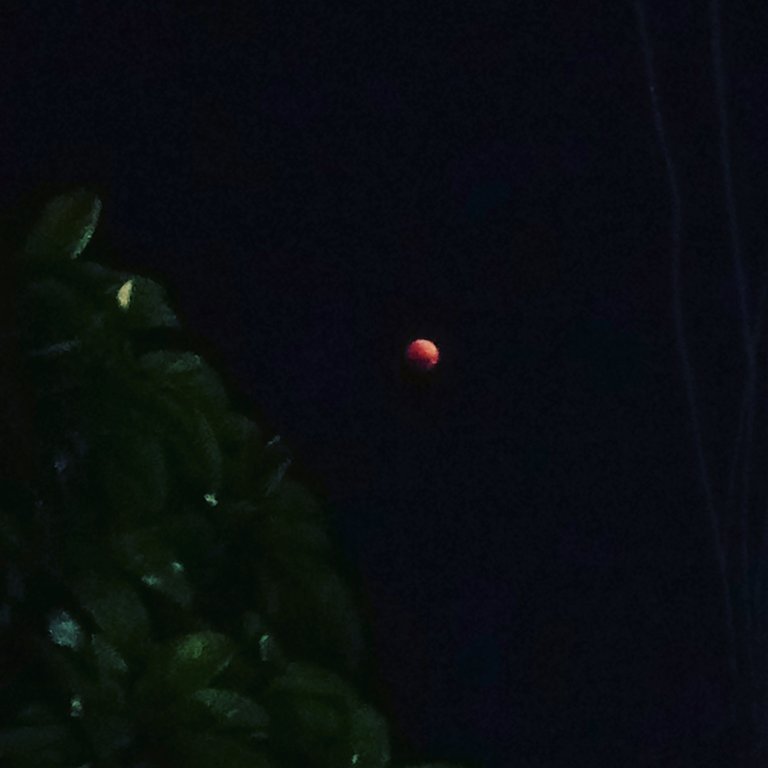
A "blood moon" happens when Earth's moon is in full eclipse. While it has no special astronomical significance, the view in the sky is striking as the usually whiteish moon becomes red or ruddy-brown. The next "blood moon" will happen during the total lunar eclipse of Jan. 31, which will be visible from parts of North America, Australia, the Pacific and Asia
Why the moon turns red
The moon orbits around Earth, while Earth orbits around the sun. The moon takes about 27 days to orbit Earth and goes through regular phases in a 29.5-day cycle. The difference in these two cycles has to do with the relative positions of the sun, Earth and moon, which change during the moon's orbit.
Lunar eclipses can only happen during a full moon, when the sun fully illuminates the surface. Usually a full moon has no eclipse because the moon orbits in a slightly different plane than the Earth and the sun do. However, at times the planes coincide. Earth passes in between the moon and the sun and cuts off the sunlight, causing an eclipse.
Congratulations @francis17! You received a personal award!
You can view your badges on your Steem Board and compare to others on the Steem Ranking
Do not miss the last post from @steemitboard:
Vote for @Steemitboard as a witness to get one more award and increased upvotes!